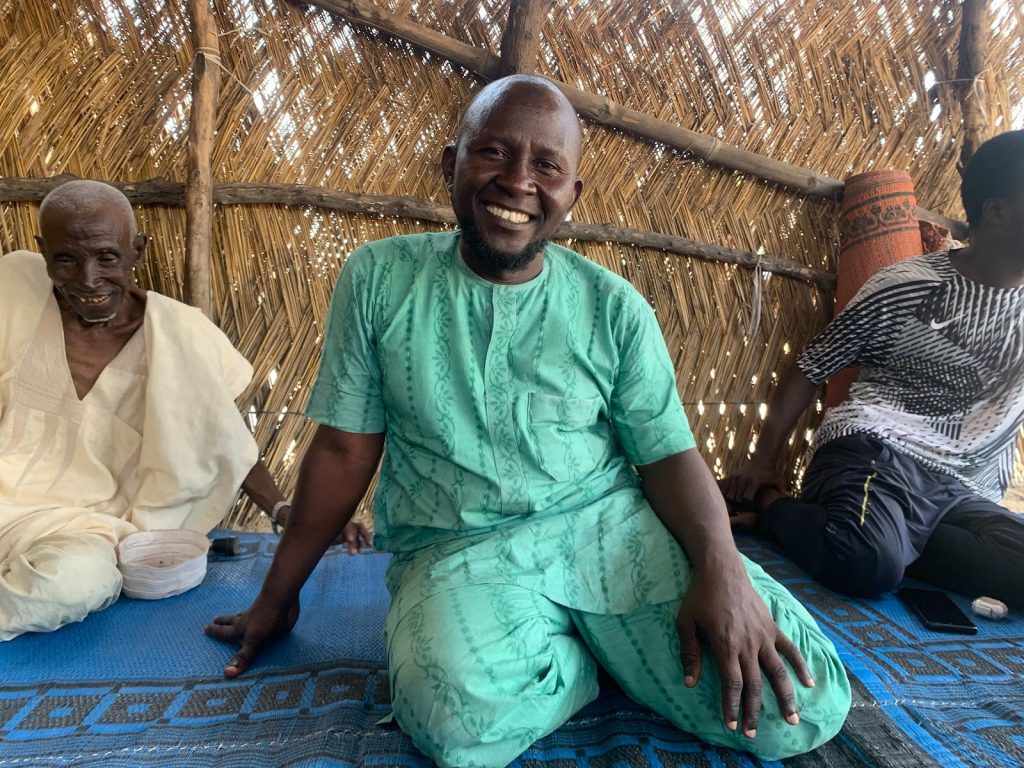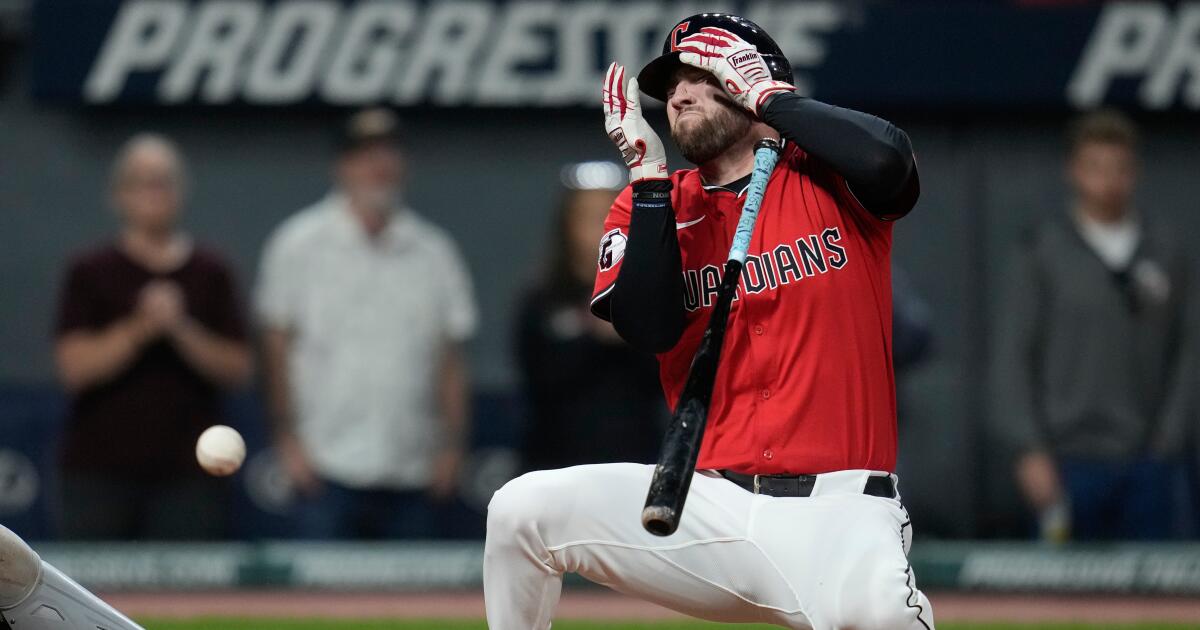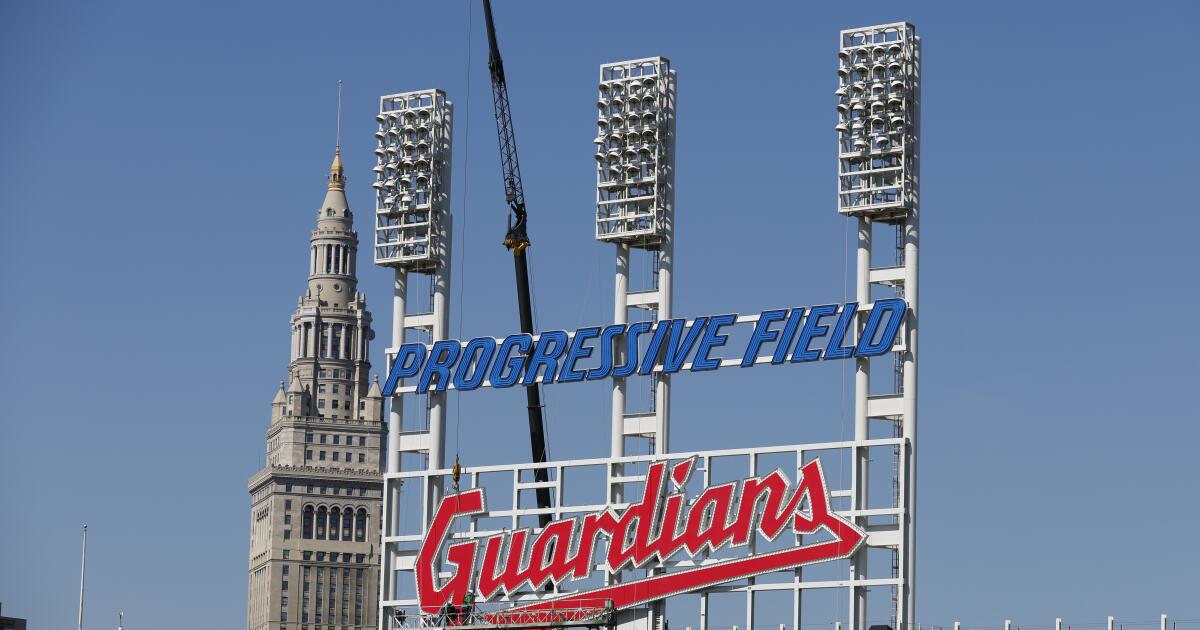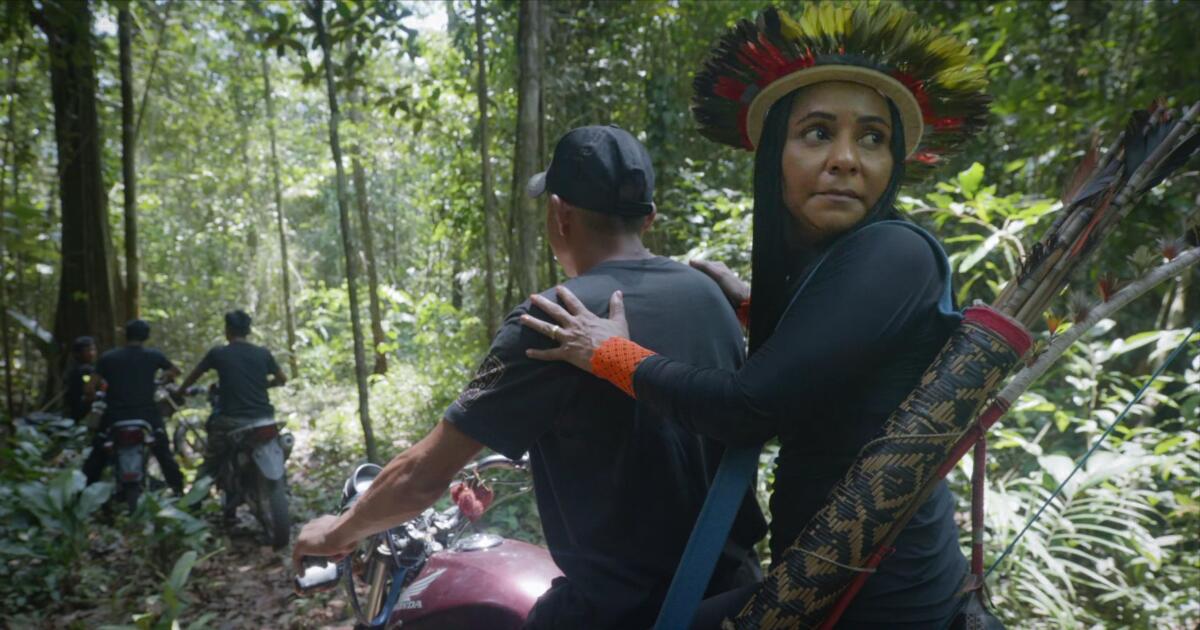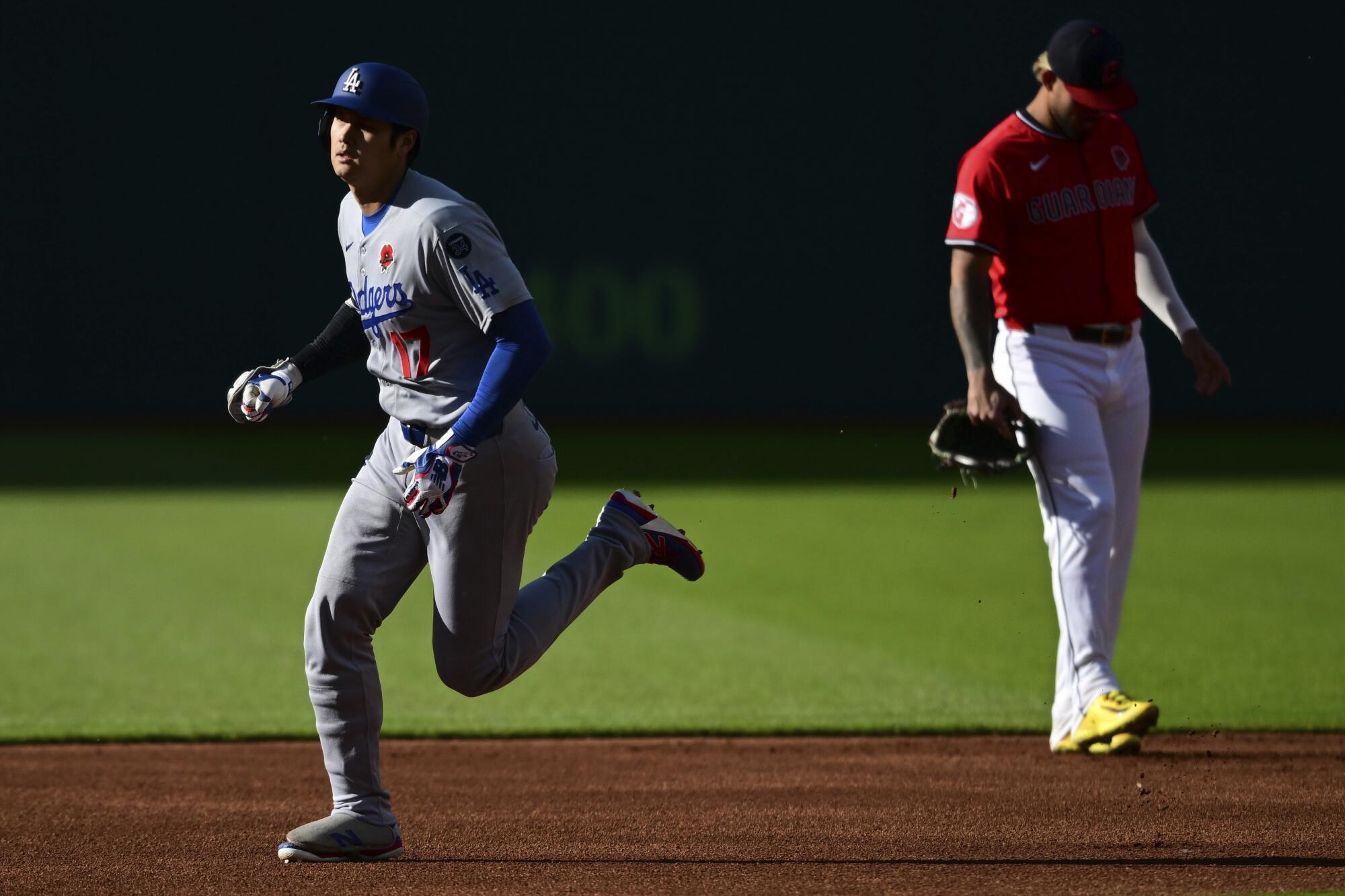Reformed Gangs Are Becoming the Guardians of Peace in Maiduguri
Ngomari Costine has a terrible reputation. The area, in Maiduguri, northeastern Nigeria, is filled with delinquent youth popularly referred to as Marlians, named after a controversial Nigerian musician whose songs and style they imitate.
Groups of young people in flashy clothes and elaborate hairstyles gather in front of shops and on benches outside houses in the area. But it’s not their dressing that worries residents; it’s what lies beneath: gangs ready to turn violent at the slightest provocation.
The same issue plagues Gwange 2, another densely populated neighbourhood where hundreds of teenagers roam the streets at almost every hour. Their presence alone sends jolts of fear down the resident’s spine; their actions do far worse than that.
“Almost every day, there is a gang violence incident,” said Zanna Abba Kaka, the District Head of Ngomari Costine. “This made our community a highly unsafe place to live in.”
The aftermath of the heydays of Boko Haram insurgency in Nigeria’s North East, particularly in Borno State, which is the epicentre of the violence, has left behind a generation of young people who have become psychologically accustomed to violence.
When the insurgency began to wane and relative peace returned, new forms of insecurity started to take root. The easy availability of light weapons, coupled with limited education and shrinking economic opportunities, pushed many young people into drugs, theft, political thuggery, and the violent street gangs that now dominate several neighbourhoods.
Much of this violence, according to Zanna, stems from political manipulation. “These thugs regard themselves as employees [of the politicians] and they do as they wish.”
The consequences are visible in everyday life. In Gwange 2, community leader Alkali Grema recalled one day at the front of his house when an 18-year-old boy attacked his peer with a knife and slashed his neck before others could intervene.
“It happened so fast,” he said. This was a reprisal attack and just one out of many. Unfortunately, the victim lost his life. Alkali said he had witnessed so many instances where the gangs wielded dangerous weapons; “shiny and can be as long as the length of an adult’s shin.”
‘Unity for Peace’
As such incidents became more frequent and brazen, the authorities began to act. Investigations traced the flow of these weapons to the city’s Gamboru Steel Market, prompting several crackdowns. But when blacksmiths were banned from producing them openly, many quietly moved their operations underground.
In 2019, a different approach emerged. The non-profit International Alert, known for its peacebuilding work, launched the Hadin Kai Domin Zaman Lafia (Unity for Peace) project with support from the US Embassy’s Trans-Sahara Counterterrorism Partnership programme. The initiative aimed to reorient the community through peacebuilding and vocational training.
At-risk youth were identified and trained in tailoring, painting, and embroidery. To foster a sense of belonging between the disarmed youth and other members of the community, International Alert engaged local entrepreneurs to facilitate the training.
The non-profit also organised dialogue sessions between community leaders and young people. Gradually, results began to show. The programme inspired community-driven initiatives like sanitation and improved school enrolment for vulnerable children.
“We were able to enrol more children in Gomari Costine Primary School than ever before,” Zanna said. “Sometimes the school accepts them without us paying for registration or other charges.”
A thug’s turnaround
Thirty-nine-year-old Sani Umar has spent most of his life in Gomari Costine. He grew up underprivileged, without formal education or marketable skills, and for 15 years was one of the most feared political thugs in the area. He led a group called “A dakatar da Mutane”, roughly translated as “People must be stopped”.
Sani was one of the 150 youths who participated in the Unity For Peace initiative. “During the programme, I learnt tailoring and ventured into the tailoring business, but it wasn’t moving well because people don’t really bother much about making clothes in this economy, so I switched to selling tea,” he told HumAngle.

These days, you will find him at his tea joint as he tends to his customers and earns an honest living. Three years ago, at this time, he would likely be at their popular gang joint in the community, where many youths like him, who were jobless, would gather to chat, argue, and fight.
While narrating his life in the last decade, Sani looked sombre, with a demeanour that screams regret, especially as he shared a particular incident that threw him into fear and isolation in 2015.
“We attacked a neighbouring community, where unfortunately, my friend stabbed an opponent who was pronounced dead,” Sani paused. “I was shaken and I had to go into hiding to avoid arrest, and I couldn’t be seen in the community, at places where I normally stay for a long time. I was very much disturbed by that.”
The event haunted him for years, but it was not until 2019, after joining the reform programme, that he finally walked away from violence.
Women leading peace
International Alert is not alone in this effort. In Gwange 2, the Unified Members for Women Advancement (UMWA) implemented the Youth Peace Building Initiative with support from the European Union’s Managing Conflict in Nigeria (MCN) programme. The project targeted 20 gang leaders, training them to advocate for peace and reject violence.
According to Hassana Ibrahim Waziri, UMWA’s Executive Director, her team began by identifying at-risk youth and inviting gang leaders for open discussions. “We gradually introduced peace concepts before expanding to the wider community,” she said.
To win trust, they organised a mass circumcision ceremony for boys; a culturally symbolic act showing they had the community’s best interests at heart.
After weeks of training and sensitisation, the reformed youths were appointed as peace ambassadors. Among them was Hassan Kambar, also known as Go Slow. He used to be feared as the leader of one of the local gangs, “The Branch”. He joined the group as far back as 2000, working as a thug for one of the big political parties then.
“When UMWA came, they made us realise that if we keep living this way, what future will our younger ones have? That touched me deeply, and I decided to quit,” he said.

Today, the 45-year-old serves as a chairperson in the Civilian Joint Task Force (CJTF) and earns a living as a carpenter.
Their transformation has had ripple effects. Ahead of the 2023 elections, some former gang members carried placards urging voters to reject violence. Others formed night-watch committees to guard their communities.
Many now dream of joining the police, army, or civil defence, determined to serve the same society they once harmed.
Peacebuilding also took a local turn. In Maiduguri, respected elders known as Lawan traditionally mediate disputes under a symbolic shed outside their homes. This same model was adopted in Gwange 2 and Ngomari Costine, where elders and youth now meet regularly to discuss issues.
“At first, the community leaders were afraid. They did not want to be involved with these boys, but they are our kids, there’s nothing we can do,” Dr Hassana.

She explained that UMWA’s approach focused on changing mindsets as much as behaviour, as this goes with educating them that violence doesn’t equal strength as perceived by the gangs, rather it is about the capacity to organise and live peacefully with people, to move forward and foster development.
“We target the mindset… even though we do not give skill acquisition training, some of them reach out to us for recommendations when they want to join forces to do better with their lives,” Dr Hassana said.
Measuring change and facing limits
Community leaders who spoke to HumAngle said gang violence has declined noticeably. “Around 2020 and 2021, we used to get such cases every day, not only in this area but in Maiduguri generally, but it has reduced,” said the District Head of Ngomari Costine.
Yet the progress is fragile.
Zanna, who mobilised the youth to participate in the Unity for Peace programme, noted that only about 150 participants joined — far too few for a city the size of Maiduguri. Many young people remain outside the reach of these projects.
The sustainability of the programme poses another obstacle. While the programmes briefly expanded to London Ciki, Polo, and nearby communities, other hotspots such as Dala and Kaleri continue to struggle with gang activity.
And there is no system in place to ensure that these skills are transferable to the teeming upcoming youth. As much as the beneficiaries may want to help their community, they can only engage one or two people whenever they get a job.
According to UMWA, its Youth Peace Building Initiative lasted just one year due to limited funding. “Ideally, such projects should run longer to make the changes stick,” Hassana explained.
Like most NGOs, both groups rely on donor grants. As funds shrink, their reach contracts, and the continuity of their work becomes uncertain.
A fragile peace
With non-governmental organisations stepping back, local authorities have become the last line of defence. Cases of conflict are now referred to the Lawan or CJTF chairmen, who attempt mediation before involving the police.
But sustaining peace comes at a personal cost. In Gwange, Lawan Grema said the absence of UMWA’s support has made his role harder. “Sometimes I remove money from my own pocket to settle small disputes,” he said. “People are no longer motivated to keep the peace.”
For these communities, the calm that has returned is hard-won but fragile. Without steady support, the cycle of neglect and violence that once defined them could easily begin again.
This story was produced under the HumAngle Foundation’s Advancing Peace and Security through Journalism project, supported by the National Endowment for Democracy (NED).
